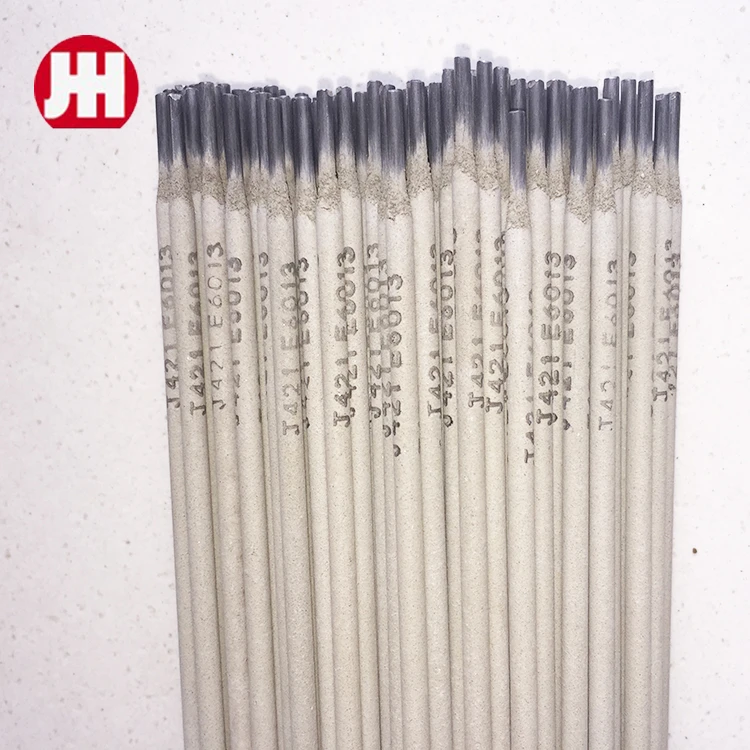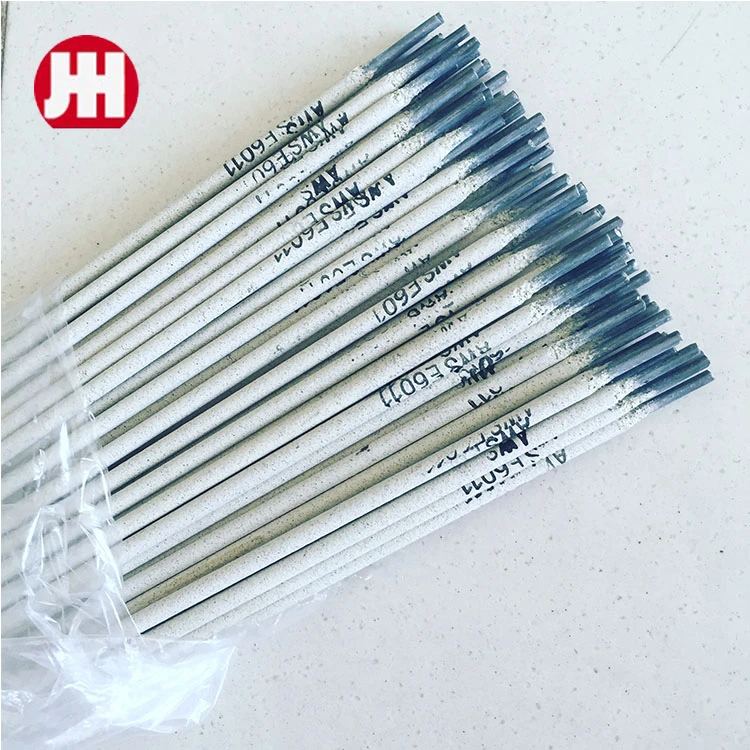შედუღების ელექტროდები
Welding electrodes offer numerous advantages, especially when purchased as bulk welding rods. By buying in bulk, you can significantly reduce the welding rod cost, making it a cost-effective solution for large-scale projects. High-quality welding electrodes ensure strong, reliable welds, enhancing the durability and integrity of your work. Additionally, having a variety of welding electrodes on hand allows you to tackle different materials and welding techniques with ease, ensuring optimal results every time. Investing in bulk welding rods not only saves money but also guarantees you have the right supplies readily available for any welding task.
-
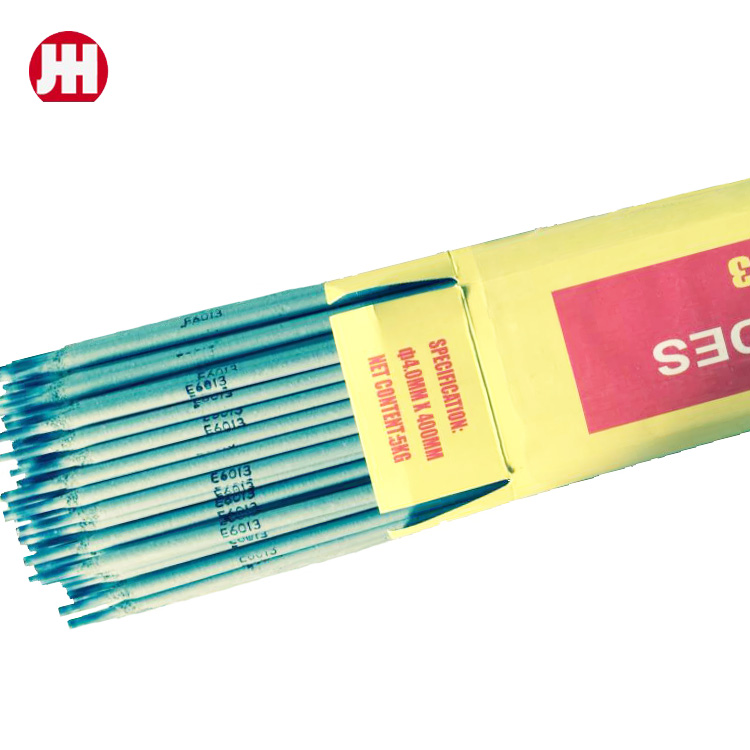 E6013 არის ნახშირბადოვანი ფოლადის შედუღების ელექტროდი, იგი შესაფერისია ყველა პოზიციაზე მუშაობისთვის შესანიშნავი შედუღების ტექნოლოგიური თვისებებით, სტაბილური რკალის ნაპერწკლებით, ფორმის კარგი გარეგნობით, ადვილად მოსახსნელი წიდის ფენით, ადვილად დასარტყმელი რკალი და რკალი.
E6013 არის ნახშირბადოვანი ფოლადის შედუღების ელექტროდი, იგი შესაფერისია ყველა პოზიციაზე მუშაობისთვის შესანიშნავი შედუღების ტექნოლოგიური თვისებებით, სტაბილური რკალის ნაპერწკლებით, ფორმის კარგი გარეგნობით, ადვილად მოსახსნელი წიდის ფენით, ადვილად დასარტყმელი რკალი და რკალი. -
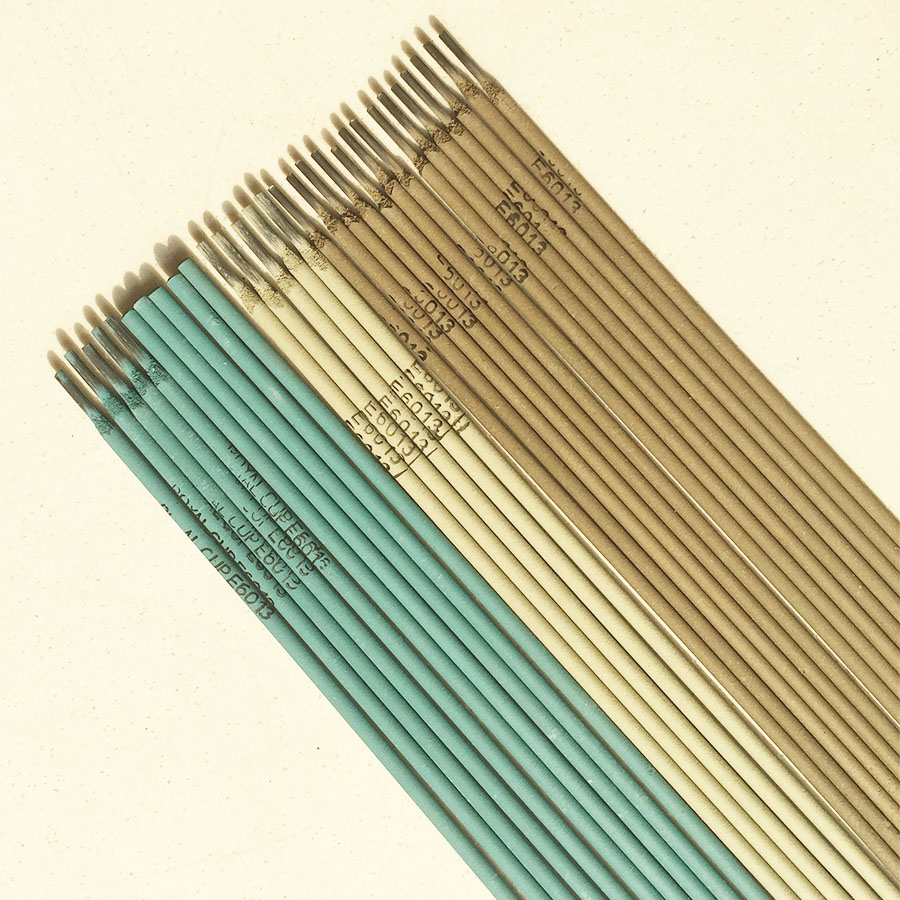 ჩვენი AWS E6013 არის ნახშირბადოვანი ფოლადის შედუღების ელექტროდის ერთ-ერთი ტიპი, 422 ელექტროდი არის ერთგვარი შედუღების ხელსაწყო, რომელიც არის მჟავა ელექტროდი, რომელიც აფარებს ტიტანის კალციუმის ტიპს და შესაბამისი საერთაშორისო სტანდარტის ელექტროდის მოდელი არის E4303.
ჩვენი AWS E6013 არის ნახშირბადოვანი ფოლადის შედუღების ელექტროდის ერთ-ერთი ტიპი, 422 ელექტროდი არის ერთგვარი შედუღების ხელსაწყო, რომელიც არის მჟავა ელექტროდი, რომელიც აფარებს ტიტანის კალციუმის ტიპს და შესაბამისი საერთაშორისო სტანდარტის ელექტროდის მოდელი არის E4303. -
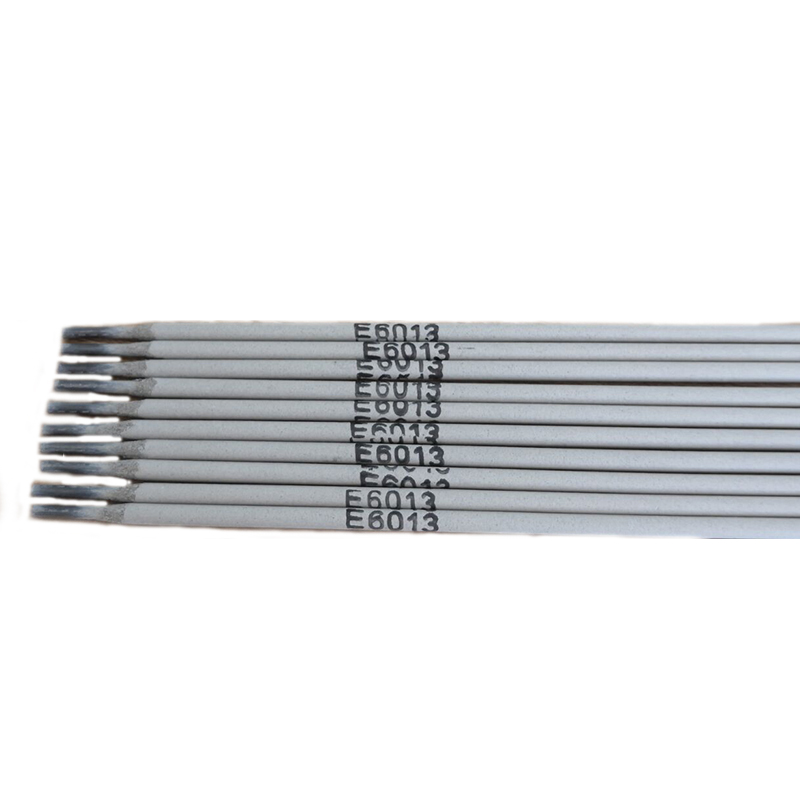 ჩვენი AWS E6013 არის ნახშირბადოვანი ფოლადის შედუღების ელექტროდის ერთ-ერთი სახეობა, ის შესაფერისია ყველა პოზიციაზე მუშაობისთვის შესანიშნავი შედუღების ტექნოლოგიური თვისებებით, AWS სტანდარტის შედუღების ღეროს ექვივალენტურია ჩემი ქვეყნის ეროვნული სტანდარტის მოდელი J421.
ჩვენი AWS E6013 არის ნახშირბადოვანი ფოლადის შედუღების ელექტროდის ერთ-ერთი სახეობა, ის შესაფერისია ყველა პოზიციაზე მუშაობისთვის შესანიშნავი შედუღების ტექნოლოგიური თვისებებით, AWS სტანდარტის შედუღების ღეროს ექვივალენტურია ჩემი ქვეყნის ეროვნული სტანდარტის მოდელი J421. -
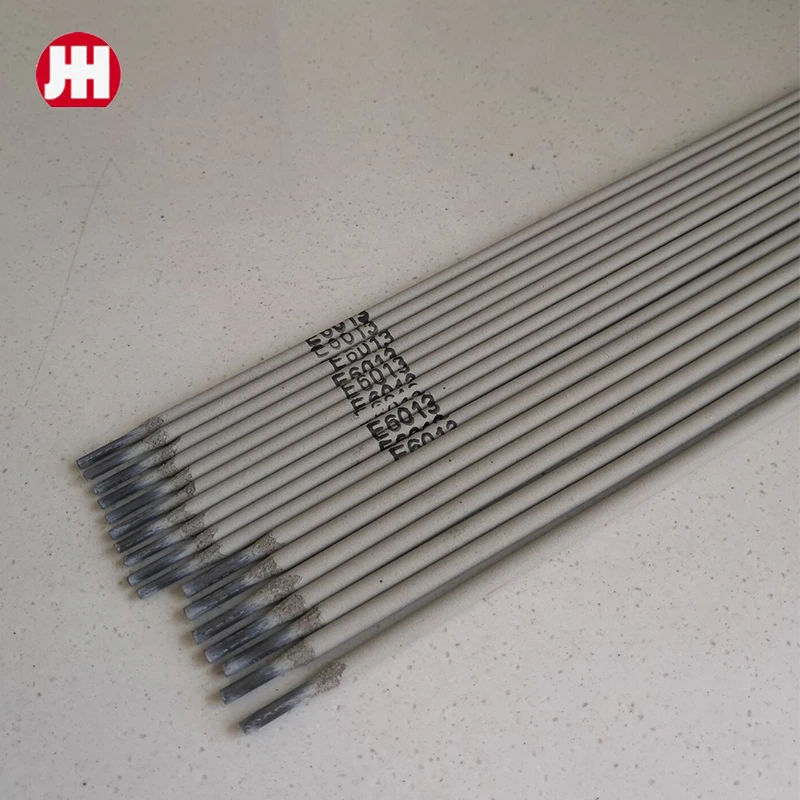 სტანდარტი: AWS E6013/GB E4303 Rutile e6013 არის მაღალი ხარისხის ელექტროდის კლასი, რომელიც ეხება ფოლადის სტრუქტურულ ელექტროდს. მას აქვს მჟავე საფარი, მათ შორის მაღალი ტიტანის შემცველი კალიუმის საფარი და მისი დიამეტრი ზოგადად 3.0-5.0 მმ-ია.
სტანდარტი: AWS E6013/GB E4303 Rutile e6013 არის მაღალი ხარისხის ელექტროდის კლასი, რომელიც ეხება ფოლადის სტრუქტურულ ელექტროდს. მას აქვს მჟავე საფარი, მათ შორის მაღალი ტიტანის შემცველი კალიუმის საფარი და მისი დიამეტრი ზოგადად 3.0-5.0 მმ-ია. -
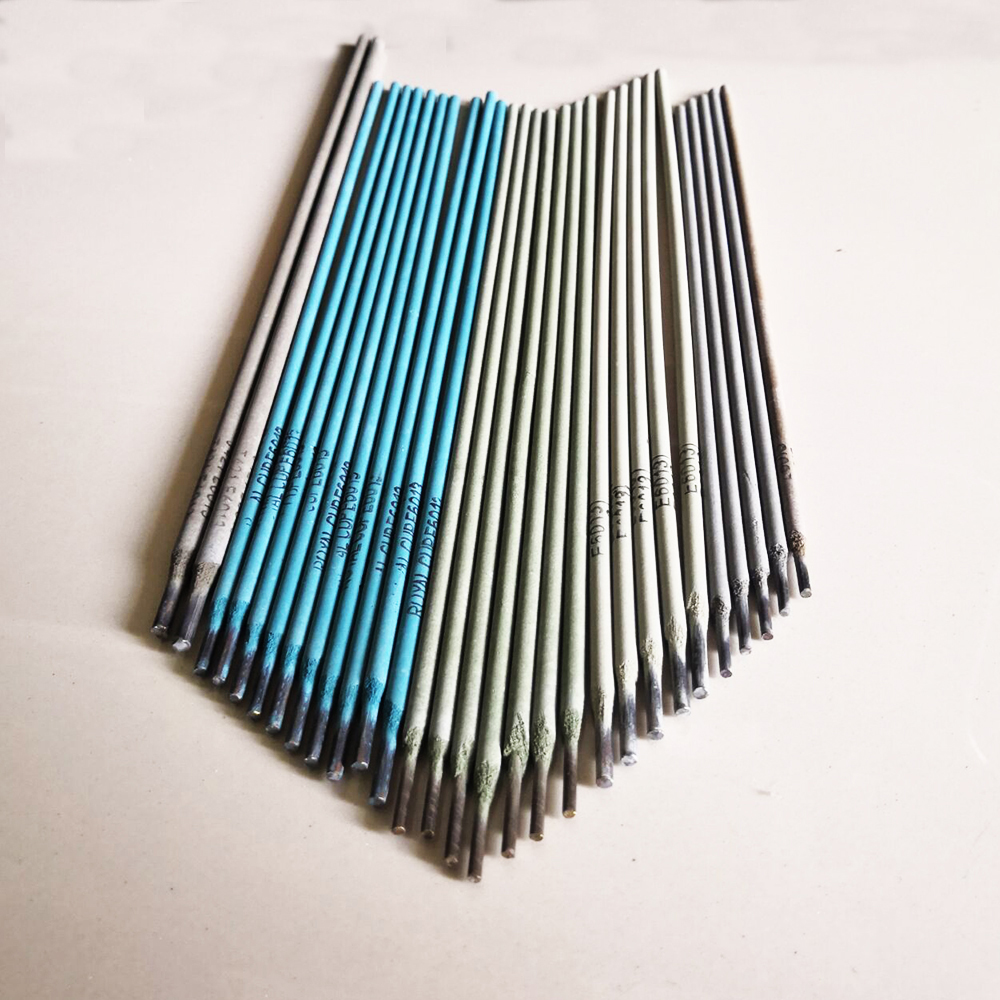 შედუღების ელექტროდის დიამეტრი არ შეიცავს საფარის დიამეტრს. 2.0 მმ შედუღების ელექტროდი ეხება ელექტროდის რკინის ბირთვის დიამეტრს 2.0 მმ. არ არსებობს ფიქსირებული სტანდარტი იმის შესახებ, თუ რამდენად თხელია შედუღების ღეროების შედუღება 2.0 მმ დიამეტრით.
შედუღების ელექტროდის დიამეტრი არ შეიცავს საფარის დიამეტრს. 2.0 მმ შედუღების ელექტროდი ეხება ელექტროდის რკინის ბირთვის დიამეტრს 2.0 მმ. არ არსებობს ფიქსირებული სტანდარტი იმის შესახებ, თუ რამდენად თხელია შედუღების ღეროების შედუღება 2.0 მმ დიამეტრით. -
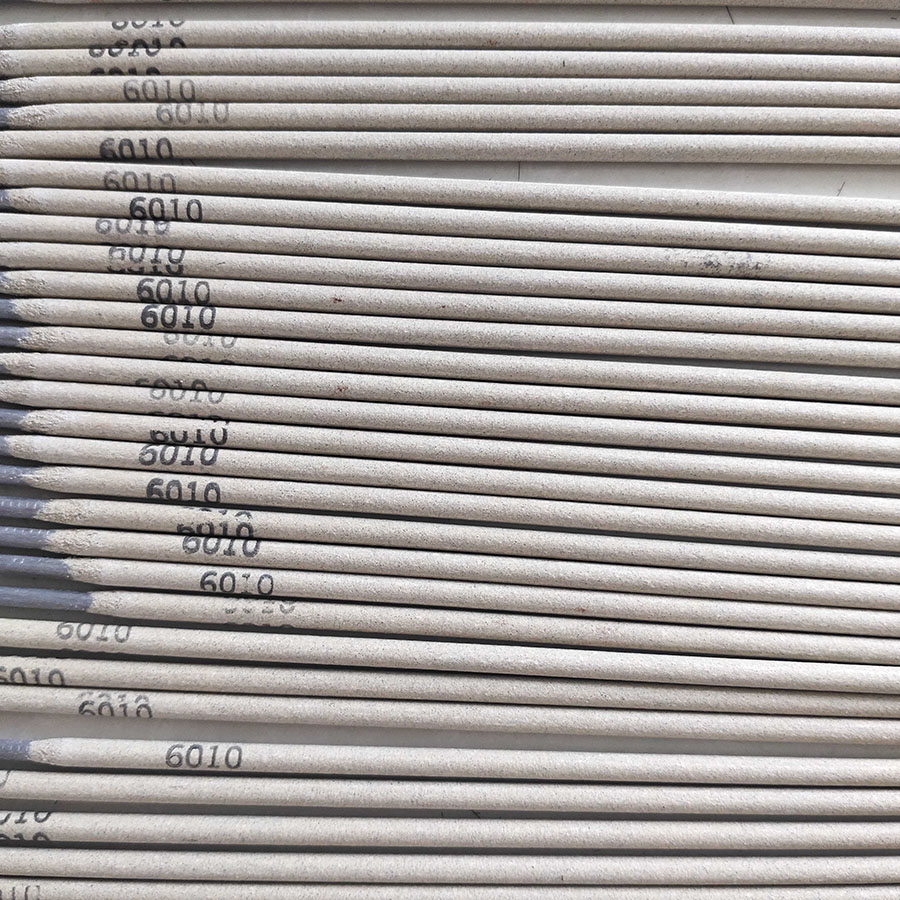 მილსადენის შედუღების ღერო E6010 ცელულოზის შედუღების ღერო აღწერა: E6010 არის მაღალი ცელულოზის ნატრიუმით დაფარული ელექტროდი პირდაპირი დენისთვის.
მილსადენის შედუღების ღერო E6010 ცელულოზის შედუღების ღერო აღწერა: E6010 არის მაღალი ცელულოზის ნატრიუმით დაფარული ელექტროდი პირდაპირი დენისთვის. -
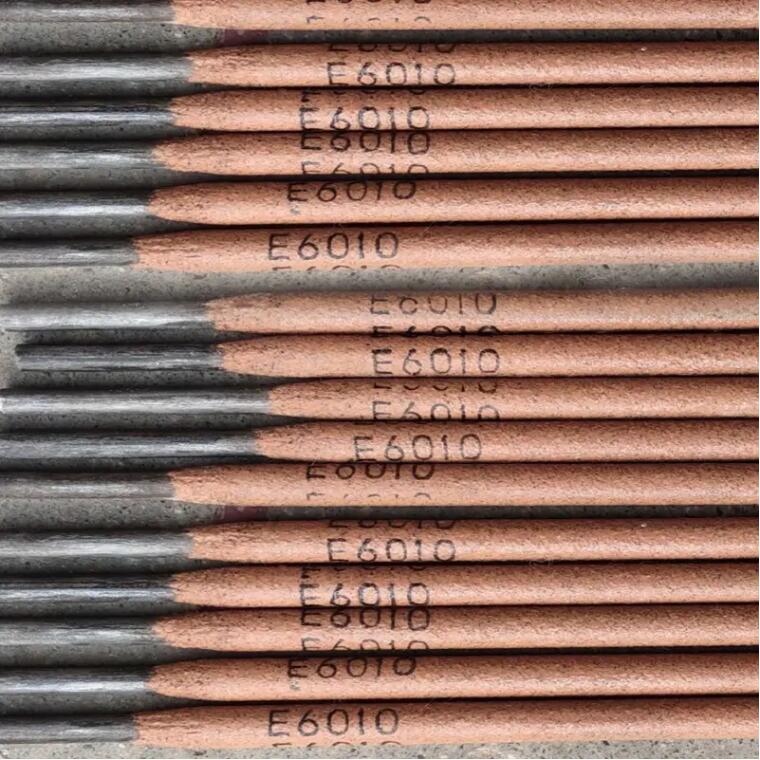 E6010 არის მაღალი ცელულოზის ნატრიუმის ტიპის დაფარული ვერტიკალური დაღმავალი ელექტროდი.
E6010 არის მაღალი ცელულოზის ნატრიუმის ტიპის დაფარული ვერტიკალური დაღმავალი ელექტროდი. -
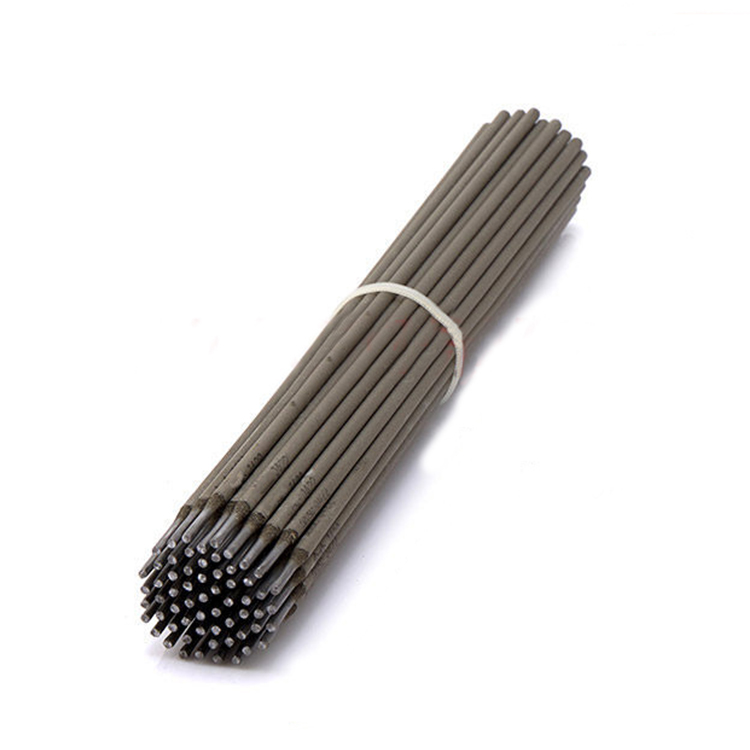 მოდელი: AWS E6010 ჩვენი ქარხნული შედუღების ელექტროდების E6010 გამომავალი 80000 მეტრულ ტონაზე მეტია, AWS E6010 შესაფერისია კონდახით შედუღებისთვის,
მოდელი: AWS E6010 ჩვენი ქარხნული შედუღების ელექტროდების E6010 გამომავალი 80000 მეტრულ ტონაზე მეტია, AWS E6010 შესაფერისია კონდახით შედუღებისთვის, -
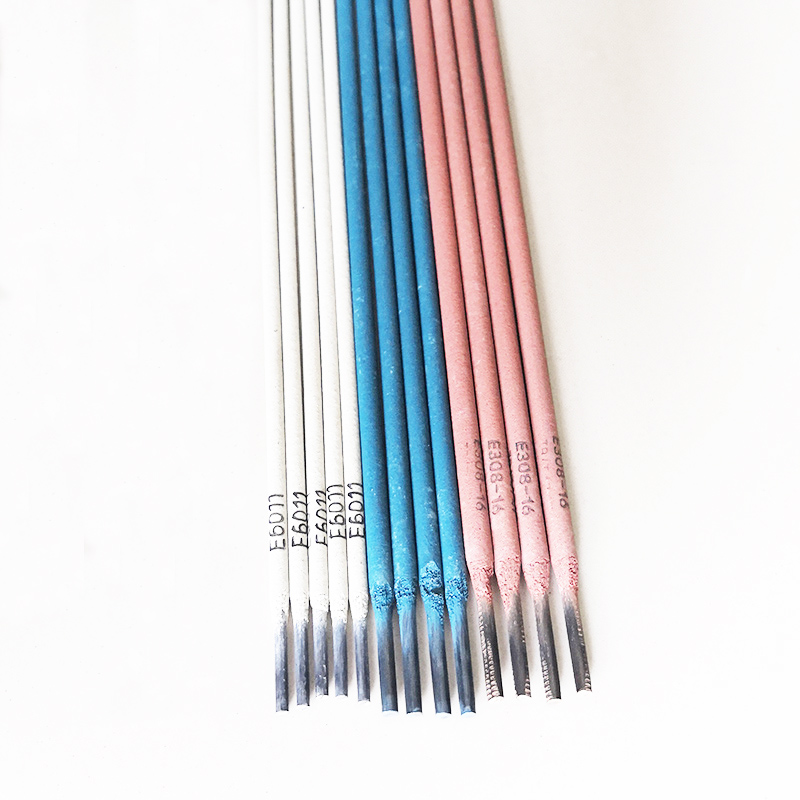 ტიპი: AWS E6010 AWS E6010 არის მაღალი ცელულოზის ნატრიუმის ტიპის ნახშირბადოვანი ფოლადის შედუღების ელექტროდი ვერტიკალურად ქვევით შედუღებისთვის.
ტიპი: AWS E6010 AWS E6010 არის მაღალი ცელულოზის ნატრიუმის ტიპის ნახშირბადოვანი ფოლადის შედუღების ელექტროდი ვერტიკალურად ქვევით შედუღებისთვის. -
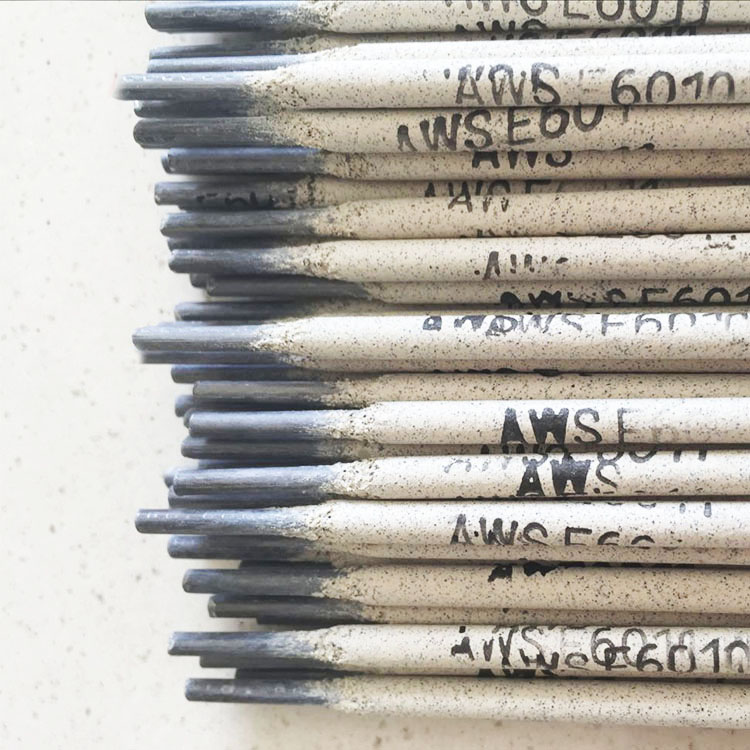 E6010 Welding electrode belongs to PM PRO-60. This electrode is specially designed for the pipeline industry.
E6010 Welding electrode belongs to PM PRO-60. This electrode is specially designed for the pipeline industry. -
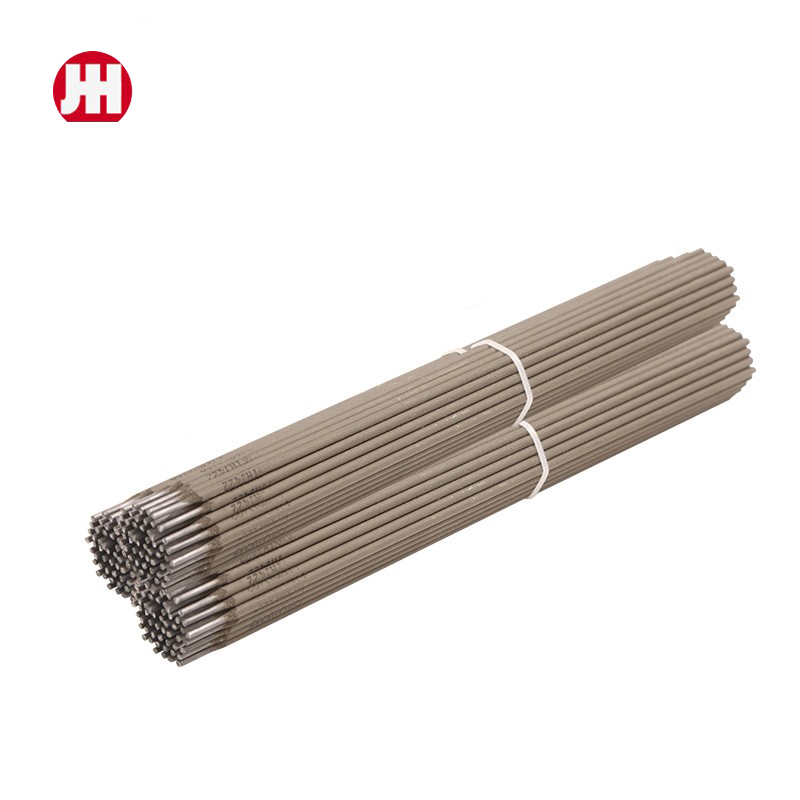 შედუღების ელექტროდები E6011 არის რუტილურ-ცელულოზური კალიუმის ტიპის ელექტროდი.
შედუღების ელექტროდები E6011 არის რუტილურ-ცელულოზური კალიუმის ტიპის ელექტროდი. -
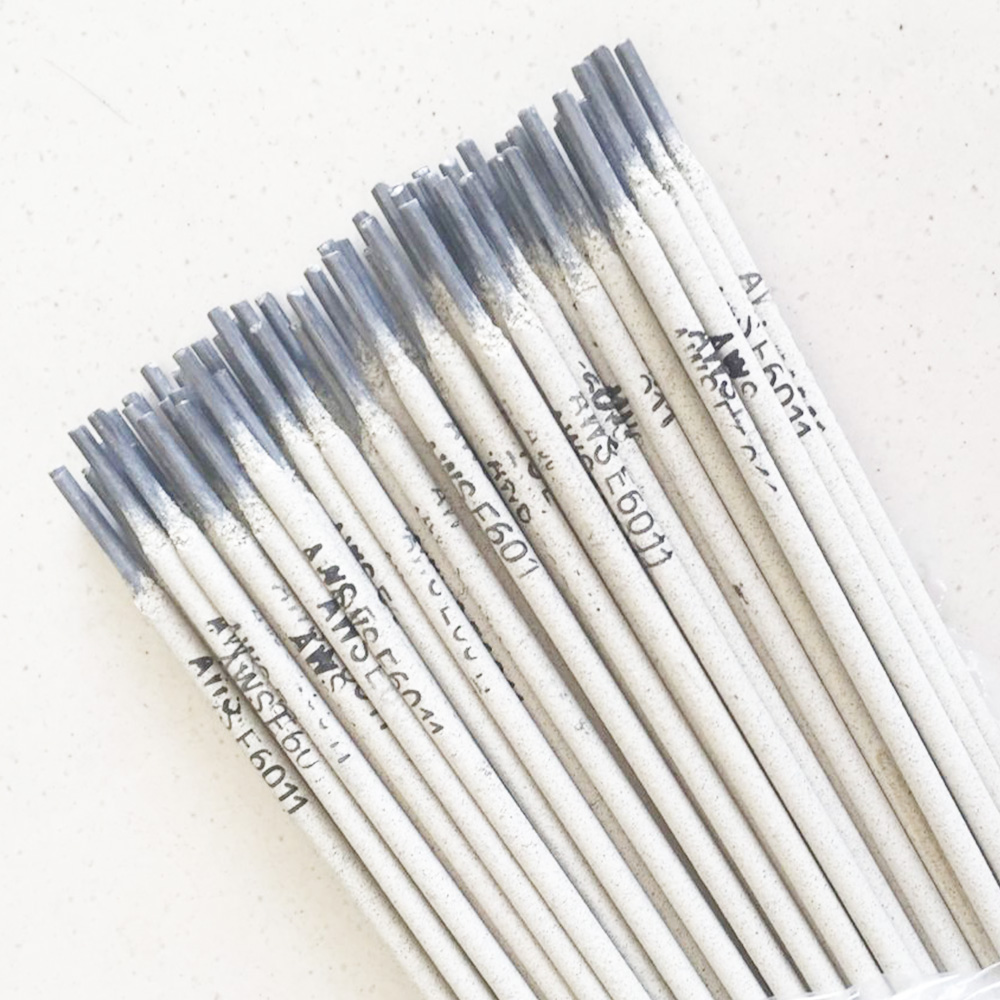 ცელულოზის ტიპის ვერტიკალური ქვემოთ სპეციალური ელექტროდი GB/T 5117 E4311 AWS A5.1 E6011 ISO 2560-B-E4311 A
ცელულოზის ტიპის ვერტიკალური ქვემოთ სპეციალური ელექტროდი GB/T 5117 E4311 AWS A5.1 E6011 ISO 2560-B-E4311 A
Welding Electrode Definition
A welding electrode is a metal wire that is coated with flux and is used to conduct current during the welding process. The electrode serves two primary purposes: to provide filler material for the weld and to generate the electric arc needed to fuse metals together. During welding, the electrode melts and deposits material into the weld joint, forming a strong bond between the workpieces. The flux coating helps to stabilize the arc, protect the molten weld pool from atmospheric contamination, and improve the quality of the weld. Welding electrodes come in various types and sizes, each suited for different materials and welding conditions.
Different Types of Welding Rods
Welding rods, also known as welding electrodes, come in various types to suit different welding processes and materials. Here are some of the most common types:
Stick Electrodes (SMAW - Shielded Metal Arc Welding):
E6010 welding rods: Deep penetration, suitable for dirty or rusty surfaces, commonly used for pipelines.
E6011 welding rods: Similar to E6010 but with AC compatibility, used for welding in various positions.
E6013 welding rods: General-purpose electrode with a smooth arc and good appearance, suitable for sheet metal.
E7018 welding rods: Low-hydrogen electrode, excellent for high-strength welds, commonly used in structural welding.
TIG Electrodes (GTAW - Gas Tungsten Arc Welding):
Thoriated (Red): Good for welding steel and stainless steel, offers a stable arc.
Ceriated (Orange): Suitable for low-current applications, good for precision welding.
Lanthanated (Gold): Versatile, used for both AC and DC welding, suitable for aluminum and steel.
Pure Tungsten (Green): Primarily used for aluminum welding with AC, offers a clean arc.
MIG Wires (GMAW - Gas Metal Arc Welding):
ER70S-6: General-purpose wire, good for welding clean or slightly rusty materials, offers good penetration.
ER4043: Aluminum welding wire, used for welding 6XXX series aluminum alloys.
ER316L: Stainless steel wire, used for welding 316 and 316L stainless steel.
Flux-Cored Wires (FCAW - Flux-Cored Arc Welding):
E71T-1: General-purpose flux-cored wire, good for welding carbon steel, offers good mechanical properties.
E71T-8: Self-shielded flux-cored wire, suitable for outdoor welding without shielding gas, good for structural welding.
E309LT: Used for welding dissimilar metals, such as stainless steel to mild steel.
Submerged Arc Welding Wires (SAW):
EM12K: Commonly used for welding carbon steel, offers deep penetration and high deposition rates.
EA2: Suitable for welding low-alloy steels, used in applications requiring high strength and toughness.
Use of Welding Rod
The use of welding rods spans across a vast array of industries, from construction and automotive to aerospace and beyond. But what exactly makes these slender sticks of metal such invaluable assets in the welding arsenal? It all boils down to their unique composition and the myriad ways in which they can be utilized.
At its core, the welding rod serves as the consumable electrode in the welding process, providing the filler material that joins metals together. From shielded metal arc welding (SMAW) to gas tungsten arc welding (GTAW), each welding technique harnesses the power of welding rods in distinct ways to achieve optimal results.
In the realm of construction, welding rods play a pivotal role in joining structural steel beams, reinforcing concrete structures, and fabricating various components essential for erecting buildings and infrastructure. Their ability to withstand high temperatures and generate strong, durable bonds makes them indispensable for ensuring the structural integrity of architectural marvels.
In the automotive industry, welding rods are instrumental in the assembly of vehicle frames, exhaust systems, and body panels, contributing to the safety, performance, and aesthetics of automobiles. Whether it's creating seamless welds on a chassis or repairing a damaged muffler, the precision and reliability of welding rods are paramount in maintaining the quality of automotive craftsmanship.
Moreover, the aerospace sector relies heavily on welding rods for constructing aircraft components with utmost precision and integrity. From fuselage sections to engine mounts, these critical aerospace structures demand the expertise of skilled welders wielding top-tier welding rods to ensure the safety and reliability of airborne vehicles.
The use of welding rods transcends boundaries and industries, showcasing their unparalleled versatility and indispensability in the world of metalworking. Whether you're a seasoned welder or a novice enthusiast, understanding the intricacies of welding rod applications opens up a world of possibilities for unleashing your creative prowess in the realm of fabrication.
So, the next time you pick up a welding rod, remember the immense potential it holds in shaping the very foundation of modern engineering and craftsmanship. Embrace the artistry of welding, and let these unassuming sticks of metal guide you towards new heights of excellence in the world of welding and fabrication.



